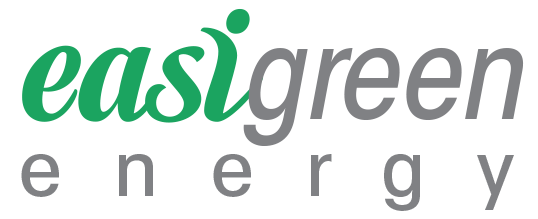Building Integrated Photovoltaics (BIPV)
Building Integrated Photovoltaics are quite simply photovoltaic systems which are built into any object or building rather than being added or stuck on as an afterthought. This usually means they will be part of the building design from the blueprint stage. The obvious reason why these are included into the structure is for providing renewable energy although it goes without saying the building will not run on it in its entirety.
The most commonly known and used building photovoltaic systems are as follows:-
• Roof Systems are added after the building is built on the roof. These systems are typically of low power since they only have 10 kW. The modules which cover the roof are usually transparent and they allow the building to absorb the natural light of the sun while generating energy at the same time. Often tiles with solar modules attached to them will be used on a roof.
• Façade Integrated systems are built within objects. Different types of modules may be used which can be micro-perforated transparent or crystalline depending on the architect’s desire.
• Shadow voltaic photovoltaic systems are another possibility. They are used in a similar fashion to blinds and can be an aesthetic addition to a structure. They can change angles either through automatic programs or manually if need be. Installing these systems is a science and if they are improperly placed on a building, servicing costs can be a menace and may also cause efficiency problems.
The Increase In Demand For BIPV
For years solar paneling on houses has been rejected on basis of installation as well as maintenance costs but building integrated photovoltaic systems have changed the dynamics. Since these photovoltaic systems provide the additional advantage of acting like a roofing shingle or a waterproofing tile, they actually save money in the long run. This sort of integrated solution has found a way to bypass the entire ‘compromising curb appeal syndrome’ since it can actually be very aesthically pleasing.
Advantages Of Using BIPV
• These photovoltaic systems are very versatile because they can be used by homeowners as well as commercial building owners as they can be included quite easily and reinforcement is not needed. The newer systems are remarkably feather light also.
• Organizations have found that exhibiting this sort of consciousness for the environment by installing solar panels is actually really good for business and can make marketing efforts more effective.
Possible Challenges
First of all there is the cost to consider. If you were to opt for simple solar panels, they might be an eyesore but they would be considerably cheaper. Larger businesses however can usually handle the price tag.
Even though BIPV is known to be more efficient, it is worthwhile to consider that it is part of the structure so there is no space between the unit and the concrete. This can actually mean that the system heats up more which can prove to be safety risk if regular maintenance is not carried out.
